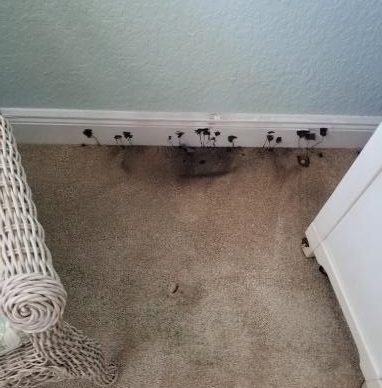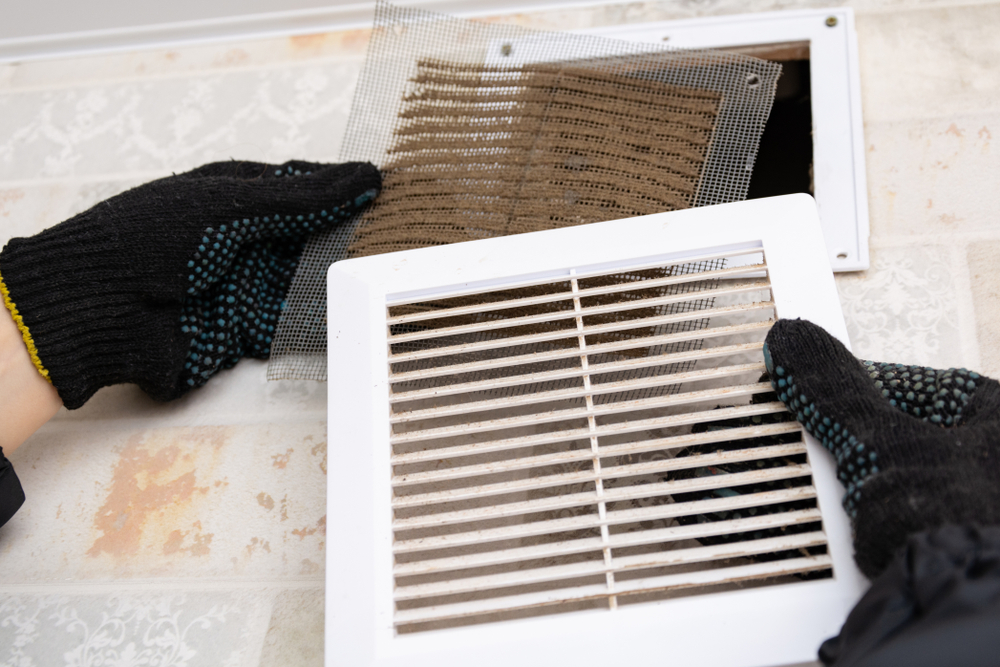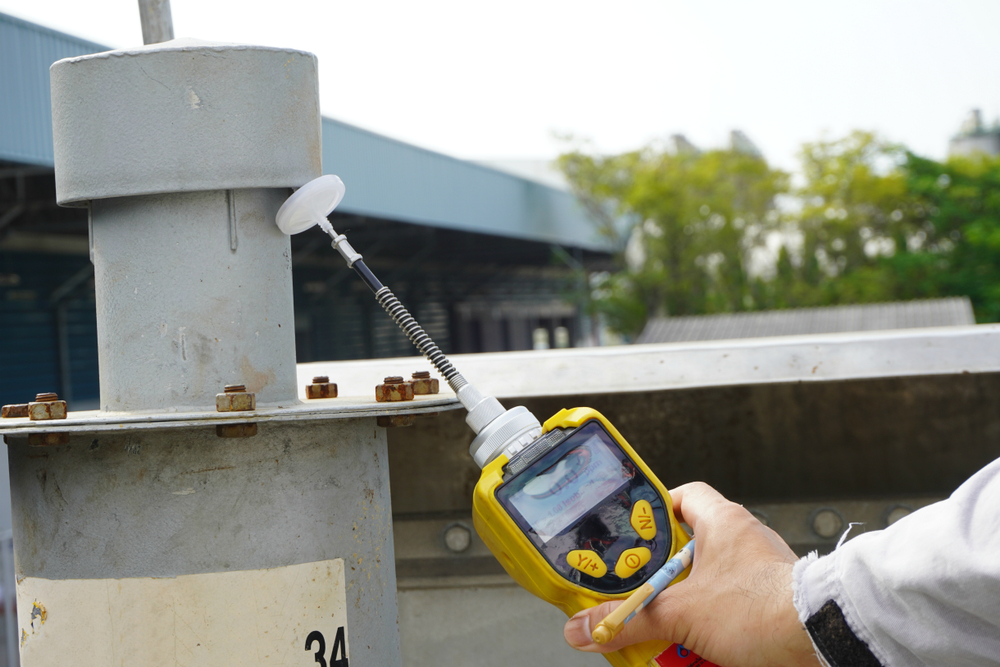Indoor Air Quality Testing
Indoor Air Quality Testing identifies potential health risks
Indoor Air Quality (IAQ) refers to the air quality within and around buildings and structures, especially as it relates to the health and comfort of building occupants. Understanding and controlling common pollutants indoors, such as mold, volatile organic compounds (VOC), airborne particulates, and malodors, can help reduce your risk of indoor health concerns.
The primary cause of indoor air quality problems are indoor pollution sources that release gases or particles into the air. Inadequate ventilation can increase indoor pollutant levels. High temperature and humidity levels can also increase concentrations of some pollutants, most notably molds, which can have a big impact on indoor air quality.
Molds can be found everywhere
Molds are everywhere in the environment, especially in the humid south, and require the following to grow: an organic matter food source, appropriate temperature, adequate moisture and oxygen. There is no practical way to eliminate all mold and mold spores in the indoor environment. There is no practical way to eliminate all mold and mold spores in the indoor environment. The objective is to prevent conditions that allow mold growth to occur. Many building materials (such as wood, sheetrock, etc.) provide food that can support mold growth. Even dust that has settled on these materials or furniture can be a food source for molds. Molds can grow almost anywhere there is enough moisture or high humidity. Controlling moisture, then, is the key to stopping indoor mold growth, because all molds require water to grow.

Molds cause poor indoor air quality
The primary cause of indoor air quality problems are indoor pollution sources that release gases or particles into the air. Inadequate ventilation can increase indoor pollutant levels. High temperature and humidity levels can also increase concentrations of some pollutants, most notably molds, which can have a big impact on indoor air quality.

Mold Testing
According to the CDC, “Standards for judging what is an acceptable, tolerable or normal quantity of mold have not been established”. In most cases, airborne results are interpreted by comparing the levels and types of the indoor environment to the outdoor ambient air. When surface samples are collected, results should indicate none to low levels of mold present. Once suspect mold growth has been observed or detected, it is recommended that specific cleaning and/or remediation protocols be put in place for a mold remediation contractor to follow.

AIRBORNE PARTICULATE
Dust is a nuisance, but also something to consider that may contribute to poor indoor air quality. Airborne particulate (dust) can include a combination of particulate types including mold, pollen, hyphal fragments, biological and synthetic materials, and non-biological debris and can even include chemicals. Excessive dust can not only create health issues but exacerbate low-lying problems.

VOCS
Volatile organic compounds (VOCs) are compounds that have a high vapor pressure and low water solubility. They are ubiquitous in indoor and outdoor air from both natural and man-made sources. VOCs include a large variety of chemicals that are in thousands of products. You may find them in your most commonly used household products including paints, cleaning and disinfecting supplies, cosmetics, hygienic items, adhesives, markers, and can even be emitted during cooking!
Indoor air quality does not just include the obvious, but also can lead into testing for things such as:
- Odor investigations
- Sewage backup contamination
- Nicotine testing
- Slab moisture testing
- Methamphetamines
- Problematic “Chinese” drywall
- Soot
Customized Turnkey Environmental Services Are Just A Call Away. We’re Ready For You!